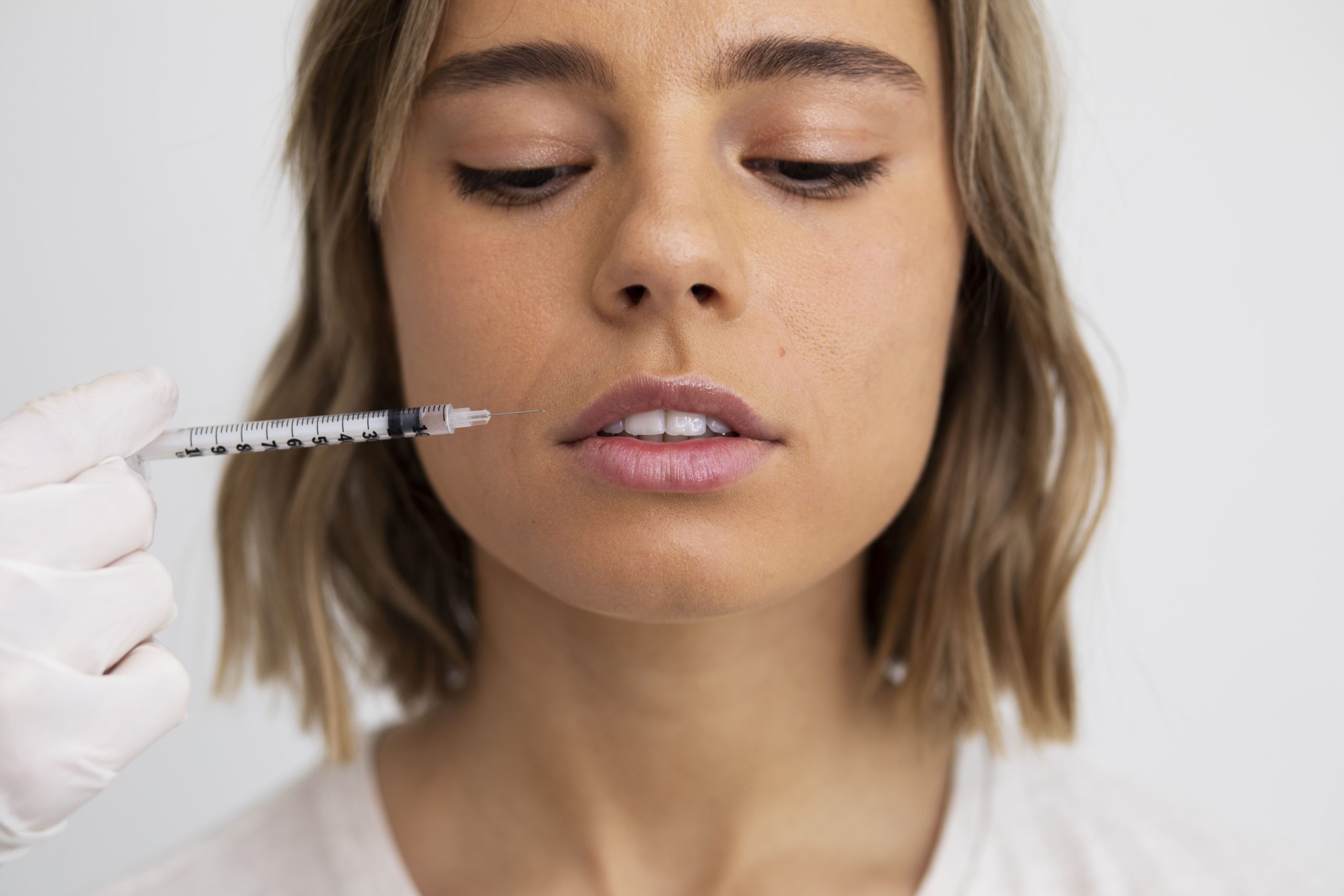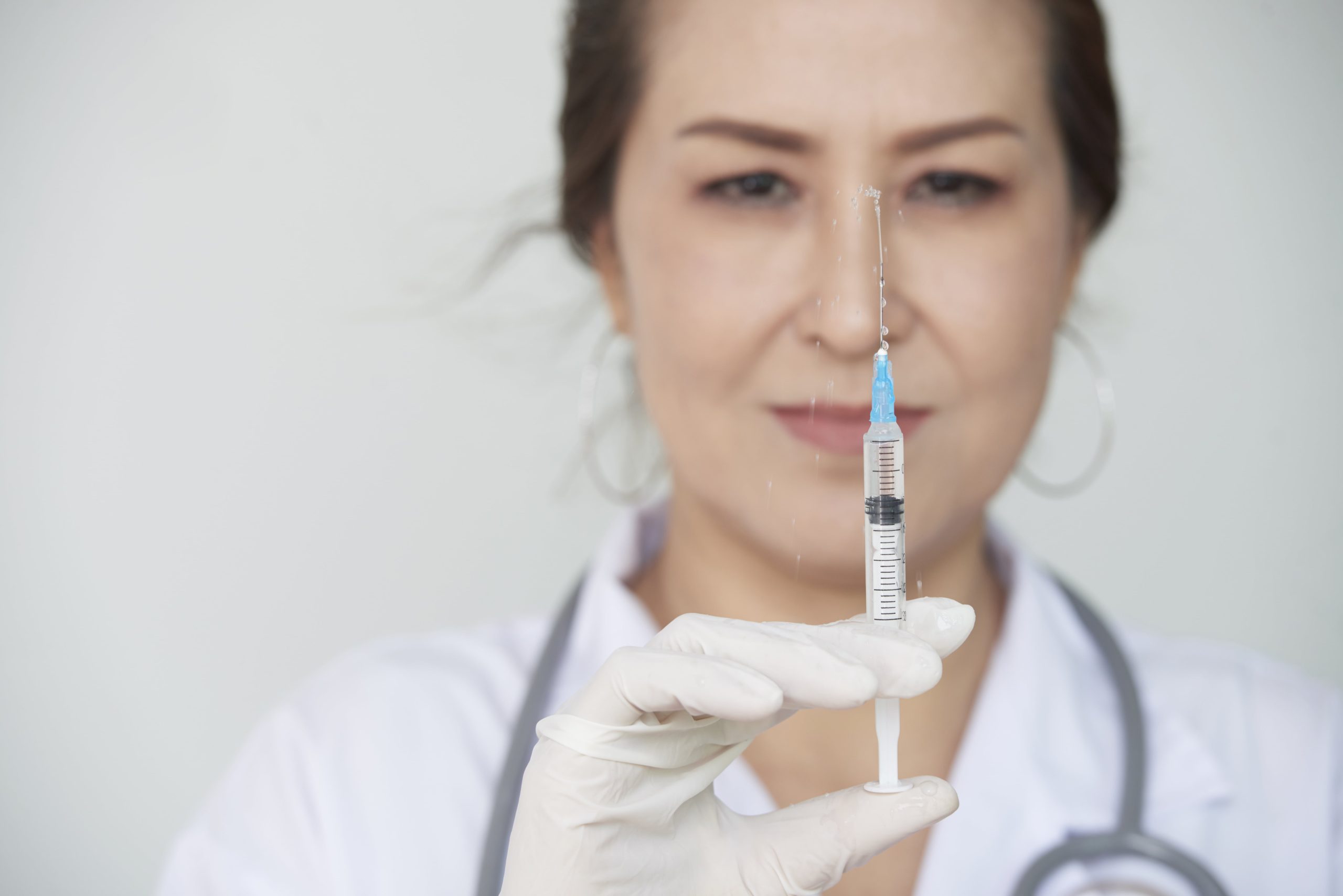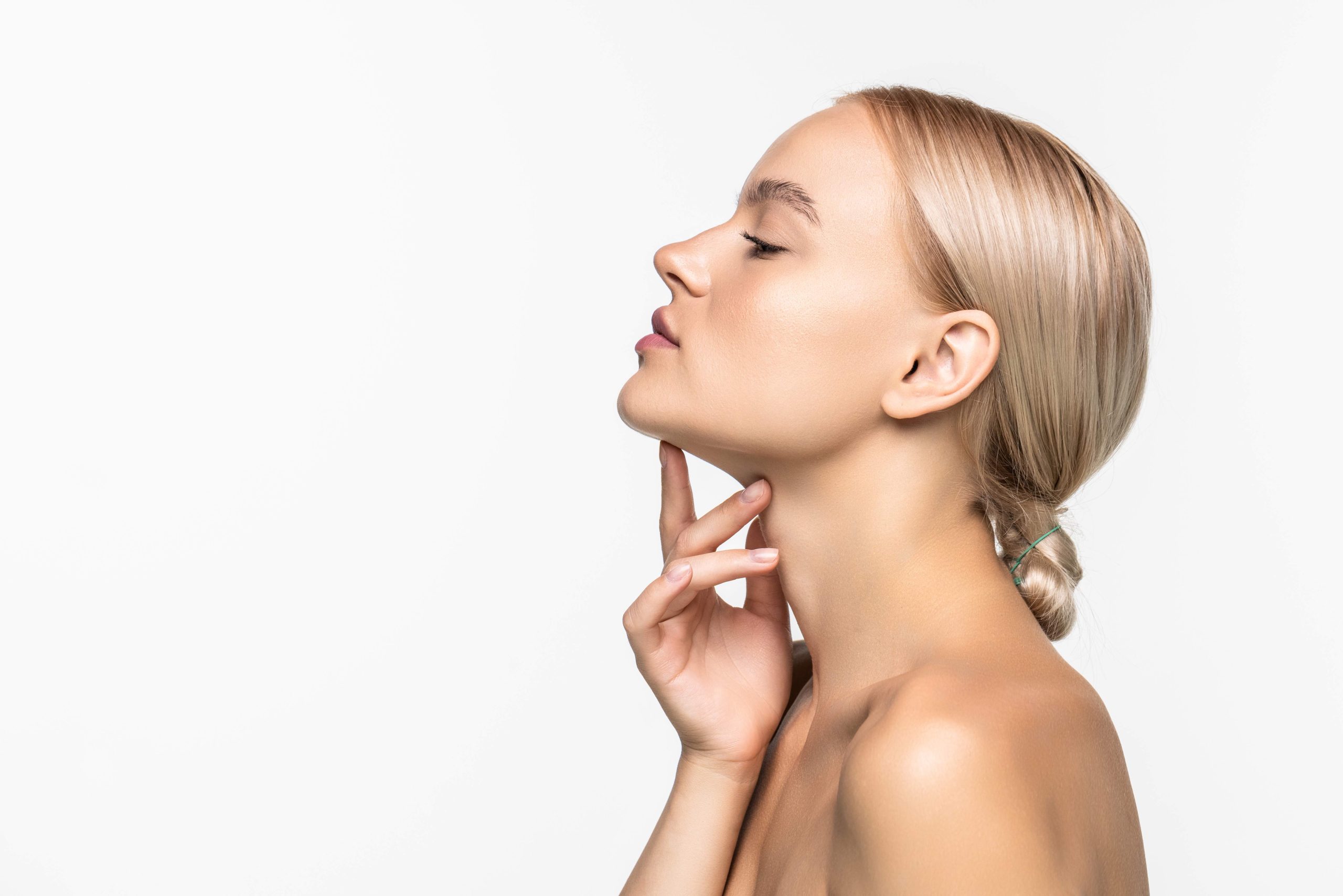Chin Filler Bruising Explained: Causes, Prevention, and Treatment

Chin fillers have become a popular solution for individuals who wish to improve their facial contour and symmetry. But besides all the obvious benefits, all filler injections, including chin fillers, have the potential to cause bruising. If you are a medical professional looking to buy fillers online for the chin or a potential patient, this article will help you understand why bruising happens and how it can be treated.
What Causes Bruising After Chin Fillers?
Bruising can occur for one of the following reasons:
Vascular Anatomy
Each person has a different distribution and depth of blood vessels under the skin. In other words, some patients might be more prone to bruising because of the proximity of vessels to the injection site.
Needle Trauma
The sole process of insertion of the needle into the skin can cause minor trauma to blood vessels, which then leads to bruising. This is actually a common side effect of almost all injection procedures.
The Type of Filler Used
The type of filler that is injected into the chin also has an impact on the chin filler swelling stages and its overall occurrence. For instance, thicker fillers that are used for deep volume restoration tend to carry a higher risk of bruising.
Factors That May Increase the Risk of Bruising
While some bruising is almost inevitable for certain patients, a few factors can increase the likelihood or severity of it happening
Age
As we age, our skin becomes thinner and more prone to bruising. Older patients may notice that their bruises take longer to heal.
Skin Sensitivity
Patients with more sensitive or reactive skin might find that they bruise more easily following filler injections.
Sensitivity Hydration Levels
Dehydration can make the skin more fragile and prone to trauma. Patients who are well-hydrated generally experience faster recovery.
Previous Cosmetic Procedures
Patients who have had recent cosmetic procedures in the same area (e.g., microneedling, chemical peels) might be more likely to experience bruising due to temporary skin sensitivity or vascular changes.
How to Prevent Bruising
Even though bruising is a normal reaction to dermal fillers, there are some steps that patients can take to prevent or at least minimise it:
Following Pre-Treatment Guidelines
Each patient should adhere to the pre-treatment guidelines provided by their aesthetician. Those usually include avoiding certain supplements or medications that might increase the risk of bruising.
Choosing the Right Injector
If a patient decides to have the treatment administered by a skilled and experienced injector who can use the right technique to minimise trauma during the procedure, the risk of bruising will also be reduced.
Avoiding Blood Thinners
Avoiding the use of blood-thinning medications such as non-steroidal anti-inflammatories (NSAIDS) and aspirin before the injection can also reduce the risk of bruising.
The Recovery Process
Although a lot of the impact depends on the aesthetician’s practice and the adherence to pre-treatment advice, there are also some useful post-treatment tips that can help reduce bruising in chin filler men and women undergo:
Maintain a Balanced Diet
Maintain a healthy diet and also stay hydrated because proper nutrition aids the body’s healing process.
Do Not Touch the Treated Area
Avoid touching and applying pressure to the treated area for at least one or two days after the treatment. By doing so, you will prevent accidental displacement of the filler.
Avoid Extreme Temperatures
Going to saunas or tanning beds can increase the swelling or even cause the filler to break down faster than it normally would.
Apply Cold Compresses
Applying a cold compress to the treated area just after the injection can help reduce both bruising and potential swelling.
Refrain from Strenuous Exercise
Avoiding strenuous workouts for a few days after the treatment reduces the risk of increasing blood flow to the treated area and worsening the swelling.
What to Expect After the Injection
Bruising is a common reaction after dermal filler injections, and when everything goes well, it is a temporary state. Of course, each patient will have their own reaction to the treatment, but this is a general timeline when it comes to chin fillers:
- Bruising immediately: Some patients will experience immediate bruising around the treated area. If the injection area involves a higher risk of vascular trauma, the bruising is likely to be more prominent.
- After 8 hours: Sometimes bruising reaches its peak 48 hours after the injection.
- After 3 to 7 days: Most of the time, bruising begins to subside within three to seven days after the treatment.
- Complete recovery: By the end of the second week after the injection, the bruising is supposed to disappear completely.
When to Seek Professional Help?
Bruising is usually temporary and harmless, but there are situations where patients should definitely seek medical advice:
- Lasting bruising: If bruising is present for more than two weeks, it is advisable to seek medical evaluation.
- Excessive bruising: If the reactions seem unusually extensive or severe in any way, the patient should consult with their healthcare provider.
- Unusual Reactions: If a patient experiences unusual symptoms like skin changes or significant pain at the injection site, that is another reason to contact a qualified healthcare professional.
Tips for Practitioners
As a medical professional, try to follow these tips in order to provide your patients with a safe and effective treatment, and also build a relationship based on trust:
Set Realistic Expectations During Consultation
Be transparent with patients about the possibility of bruising, especially if they have certain risk factors. Managing expectations early on helps prevent dissatisfaction and builds trust.
Provide Care Instructions to Help Reduce the Risk of Bruising
Detailed guidance—both before and after the procedure—can significantly reduce the likelihood of bruising. Include tips such as avoiding blood thinners, using cold compresses, and maintaining hydration.
Conclusion
Chin filler bruising is a relatively common side effect, but with the right approach, it can be effectively managed and even prevented. Both patients and practitioners have a role to play in reducing risk through proper technique, good communication, and proactive aftercare. When patients are well-informed and practitioners are prepared, the experience is smoother, safer, and more satisfying for everyone involved.
References:
Al-Khafaji MQM, Althobaiti NSA, Alhassani NFM, et al. The Application and Efficacy of Hyaluronic Acid Fillers for Chin Enhancement and Retrusion Correction: A Systematic Review of Patient-Reported Outcomes. Cureus. 2023;15(11):e48807.
Becker P, Pabst A, Thiele O, Rudat J, Werkmeister R. Adverse side effects with hyaluronic acid fillers: A case report. Advances in Oral and Maxillofacial Surgery. 2021;2:100034.
Continue reading

Radiesse or Juvederm? Which One Should You Use for Facial Contouring?
Facial contouring is more than just adding volume – it’s about sculpting definition, correcting asymmetries, and enhancing structure. Achieving those goals requires the right product, precise technique, and a deep understanding of dermal filler properties. Among the most commonly used injectables in aesthetic medicine, Radiesse and Juvederm stand out as…
Read More
Radiesse vs Sculptra: Which Collagen-Stimulating Filler Is Better?
As the popularity of natural beauty trends, like the no-makeup makeup look, continues to rise, the demand for subtle, long-lasting enhancements has reshaped the filler industry as well. More patients are turning to treatments that enhance their features while correcting concerns like uneven texture or volume loss, all without compromising…
Read More
Non-Surgical Jaw Definition: Radiesse Jaw Before and After Transformation
In the age of defined features and sculpted profiles, jawline contouring has become one of the most in-demand aesthetic procedures among both male and female patients. But not everyone is ready for surgery or permanent changes. That’s where non-surgical options like Radiesse jawline enhancement come in, offering a high-impact transformation…
Read More